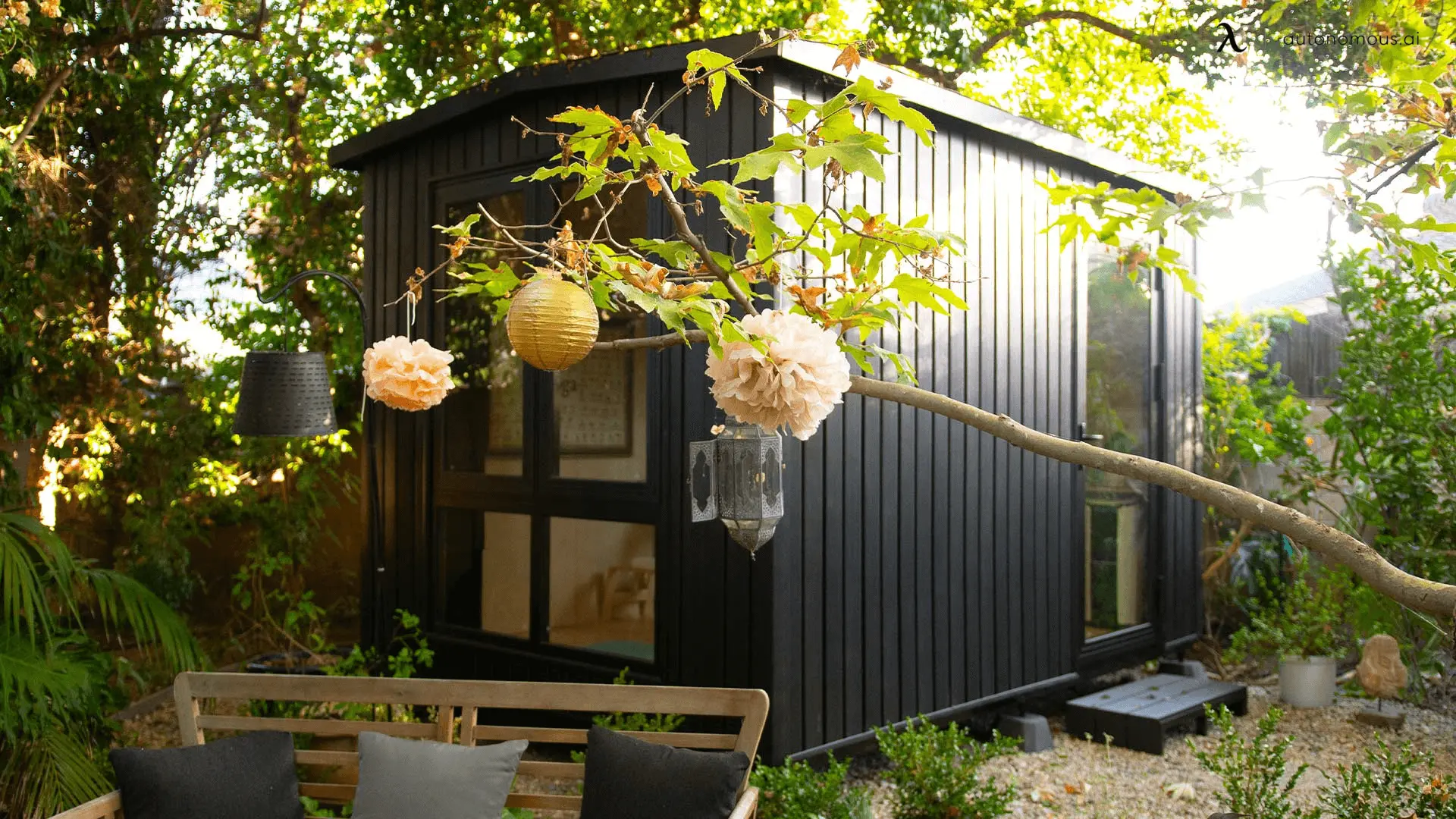
ADUs in Albuquerque, NM: A Comprehensive Guide
Table of Contents
As Albuquerque faces housing challenges, Accessory Dwelling Units (ADUs) have emerged as an innovative solution. These secondary units on residential lots provide extra living space and can serve as rental income generators, guesthouses, or multi-generational homes. With new policies making it easier for homeowners to build, ADUs in Albuquerque, NM are becoming a practical and popular choice for maximizing property potential in the city.
1. Building ADUs in Albuquerque
1.1. Key Zoning and Legal Requirements
Before embarking on building an ADU, it’s essential to understand Albuquerque’s legal framework governing their construction. Recent updates to the Albuquerque zoning code have eased the path for homeowners, but compliance remains critical.
Size Limitations
An ADU cannot exceed 25% of the total area of your side and rear yard, ensuring they remain secondary to the main residence. For example, if your side and rear yard totals 1,000 square feet, the ADU cannot exceed 250 square feet (25% of 1,000 square feet).
Setback Requirements
The city mandates minimum distances between ADUs and property lines, helping to maintain privacy and neighborhood character. The specific setback requirements vary depending on the zoning district and property location. For example:
- In the R-1 zoning district, the minimum setback requirement is 5 feet from the property line.
- In the R-2 zoning district, the minimum setback requirement is 10 feet from the property line.
Permitting
All ADU plans must be submitted to the City of Albuquerque’s Planning Department for approval. Detailed construction drawings and site plans ensure the project adheres to the latest guidelines. By understanding these essential zoning rules, homeowners can smoothly navigate the process and ensure that their ADU complies with local regulations. You can explore more housing options by reading about modular homes in New Mexico and modular homes in Santa Fe for a broader perspective on alternative living solutions.
1.2. Step-by-Step ADU Construction Process
Constructing an ADU requires careful planning and execution. Here’s how to break down the process to ensure a successful build:
Initial Planning and Design
Begin by sketching out your ADU plans, considering factors like size, placement, and functionality. You’ll need to factor in Albuquerque’s zoning regulations, including height restrictions and allowable square footage.
Permit Application
Submit your ADU plans to the Planning Department for review. This stage includes a property survey, particularly important to confirm the exact setback requirements and ensure no violations occur during construction.
Building and Utilities
Once permits are secured, construction begins. Ensure your contractor is familiar with Albuquerque’s building codes, particularly those concerning safety features like smoke detectors, energy efficiency, and utility connections.
Final Inspections
After construction, the ADU must pass city inspections to verify that it meets all safety and building standards. The entire process can take several months, so it’s crucial to plan and budget accordingly.
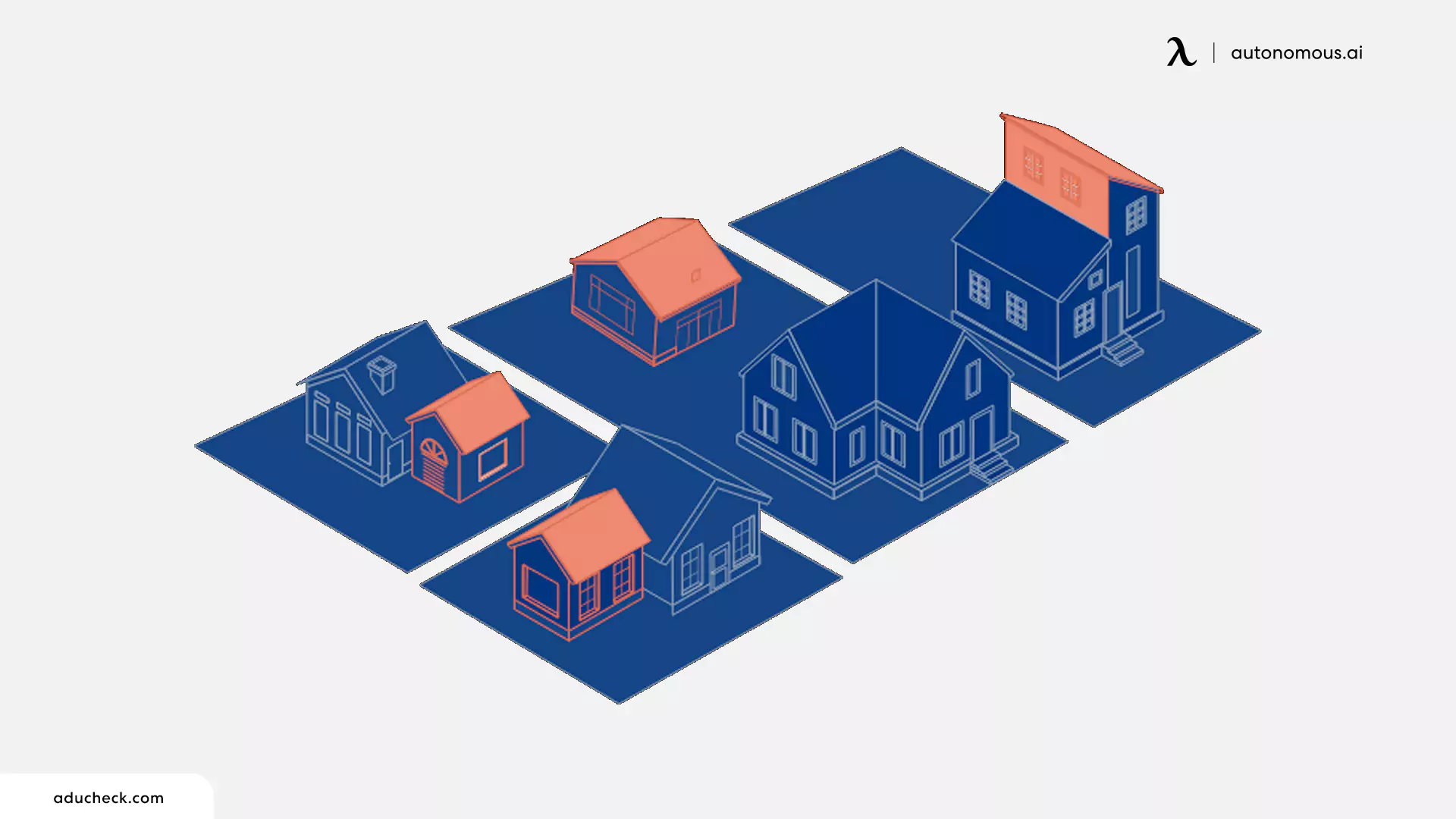
2. Cost Breakdown for ADUs in Albuquerque
Building an ADU in Albuquerque comes with several key expenses that homeowners should plan for. The total cost can vary significantly depending on the size, type, and complexity of the ADU, as well as the materials and finishes used. Below is a detailed breakdown of what you can expect:
2.1. Design and Planning Fees
Architect Fees: In Albuquerque, hiring an architect or designer to create detailed ADU plans typically costs between $2,000 and $10,000 depending on the scope of the project.
Engineering and Surveying Costs: If your property has unique challenges, like sloped terrain or specific setback requirements, you may need additional services. Engineering and surveying costs usually range from $500 to $3,000.
2.2. Permitting and Approval
The City of Albuquerque requires homeowners to obtain proper permits before constructing an ADU.
Building Permits: Depending on the size and complexity of the ADU, building permits generally cost between $1,500 and $4,000.
Inspection Fees: To ensure your ADU meets all building and safety codes, you'll need to budget for inspections, which can cost between $300 and $600.
2.3. Construction Costs
The biggest portion of your ADU budget will go towards construction. These costs vary depending on the type of ADU you’re building:
Detached ADU: A detached ADU, often the most expensive option due to new foundations and utility connections, averages $150 to $300 per square foot. For a 500-square-foot unit, this translates to $75,000 to $150,000.
Attached ADU: Attached ADUs, such as basement conversions or home extensions, are typically more affordable, ranging from $100 to $200 per square foot. This puts a 500-square-foot attached ADU in the $50,000 to $100,000 range.
Garage Conversions: Converting an existing garage is one of the more cost-effective options, with prices typically ranging from $30,000 to $70,000 depending on the extent of renovations required.
2.4. Utility Connections
ADUs require connections to water, electricity, and sewage, which can add to your costs, particularly for detached units:
Water and Sewer: Extending water and sewer lines to a detached ADU may cost between $2,000 and $10,000, depending on the distance from the main house and the condition of existing infrastructure.
Electrical Systems: Wiring an ADU for electricity can cost anywhere from $1,000 to $5,000, depending on the proximity to the main electrical panel and the need for new wiring or upgrades.
Heating and Cooling: For heating and cooling, expect to spend between $3,000 and $8,000 on a mini-split system or other HVAC setup that can handle Albuquerque's hot summers and cold winters.
When building an ADU, it’s essential to plan for utility connections, including water, sewage, and electricity. Many homeowners in Albuquerque opt for energy-efficient systems to reduce utility costs over time. ADUs must be connected to your home’s existing water and sewage systems. You may need to extend your current lines or upgrade them depending on usage. Installing solar panels or other energy-saving systems can help lower the environmental impact of your ADU while reducing monthly bills. Sustainability is increasingly important in Albuquerque, so consider integrating green features into your ADU design to enhance long-term savings.
2.5. Materials and Finishes
The materials and finishes you choose will significantly affect the overall cost. Higher-end materials will drive up expenses, while more basic options can help you save.
Exterior Materials: The cost for siding, roofing, and other exterior finishes generally ranges from $8,000 to $15,000 for a 500-square-foot unit.
Interior Finishes: Flooring, cabinetry, and countertops can cost between $15,000 and $30,000 for mid-range options. High-end finishes, like hardwood floors or custom cabinetry, could increase this cost to $40,000 or more.
2.6. Furniture and Appliances
If you plan to rent out your ADU or use it as a fully functional living space, you’ll need to budget for furnishings and appliances. A standard setup for a small ADU, including kitchen appliances and basic furniture, can cost anywhere from $5,000 to $15,000.
Enhancing your ADU with landscaping or an outdoor patio area can also add value. Basic landscaping costs typically range from $2,000 to $10,000, while more elaborate outdoor spaces, such as a deck or outdoor kitchen, can cost $15,000 or more.
Total Estimated Cost: $190,000
Financing Options
- Home Equity Loans: Many homeowners finance their ADU projects by borrowing against their home’s equity.
- Refinancing: Refinancing your mortgage is another option, allowing you to access the funds needed for construction.
- Rental Income: Once your ADU is built, renting it out can help offset costs. Many Albuquerque homeowners take advantage of this by offering short-term rentals through platforms like Airbnb. For more information on building affordable units, check out our guide on prefab homes in New Mexico.
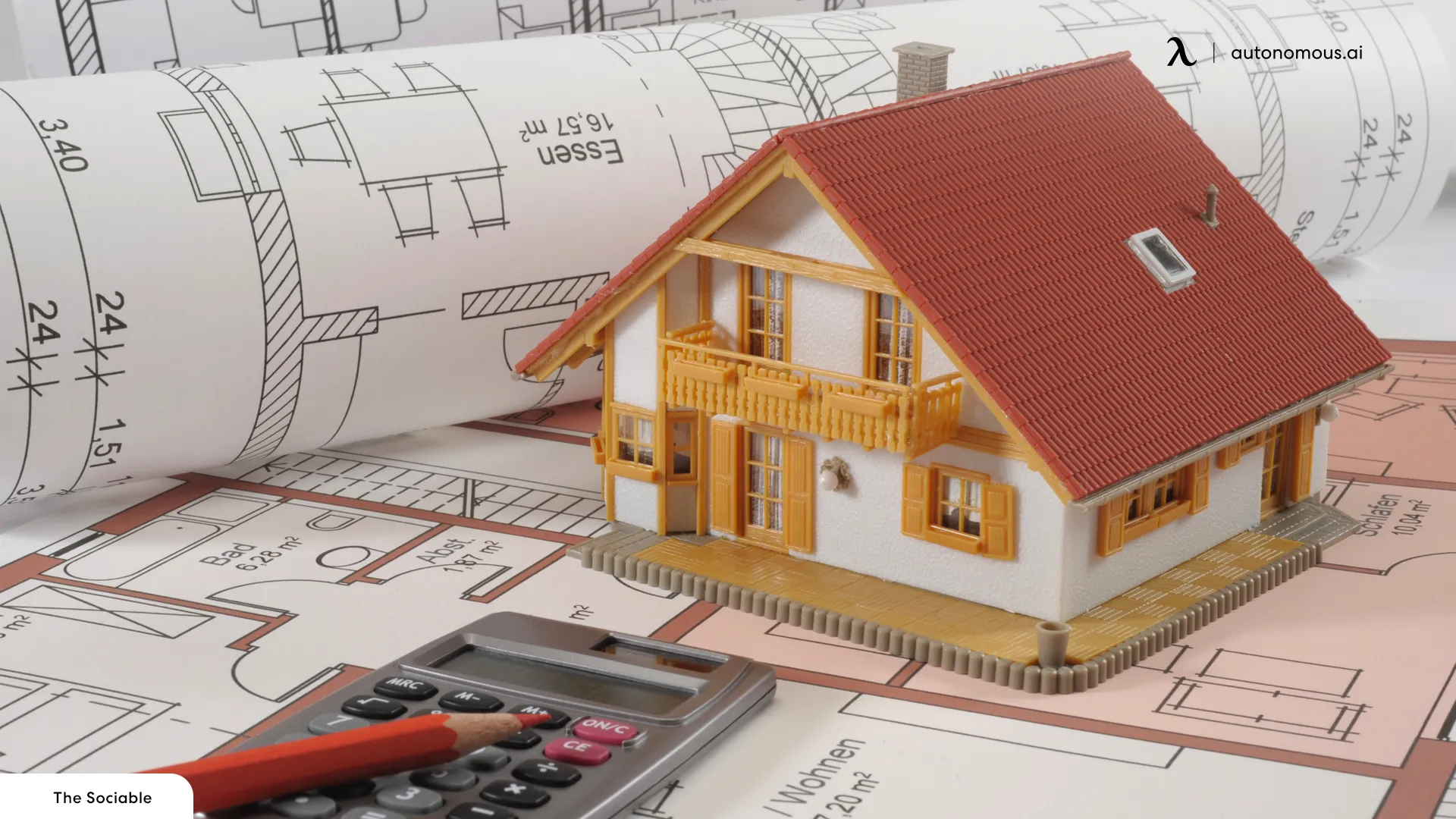
3. Maximizing Value with ADUs: Use Cases and Benefits
The rise of remote work has increased the demand for dedicated home office spaces, and ADUs are the perfect solution. Converting your ADU into a backyard office provides a private, quiet environment separated from the distractions of the main house. Whether you're a freelancer, entrepreneur, or remote worker, having a designated office just steps away can enhance your focus and productivity.
One of the biggest challenges for remote workers is drawing a clear line between work and personal life. A tiny backyard office allows you to "commute" to work, maintaining a healthy separation between the two. A quiet, private modern backyard office space fosters better concentration, reducing interruptions from family members or daily household tasks. Plus, with customized interiors, you can design an office that inspires creativity and efficiency.
ADUs offer multiple benefits that can enhance your property’s value and provide flexible living arrangements. Here are other common ways Albuquerque homeowners are using their ADUs:
- Rental Units: ADUs are ideal for generating rental income, providing homeowners with a consistent revenue stream.
- Guest Houses: They serve as a comfortable space for visiting friends and family without compromising privacy. For more ideas on how to create cozy and efficient backyard guest houses, check out our guide on tiny houses in New Mexico.
- Multi-Generational Living: ADUs allow for older family members to live close by while maintaining their independence.
These small units offer more than just added square footage—they provide opportunities for additional income and increased home value.
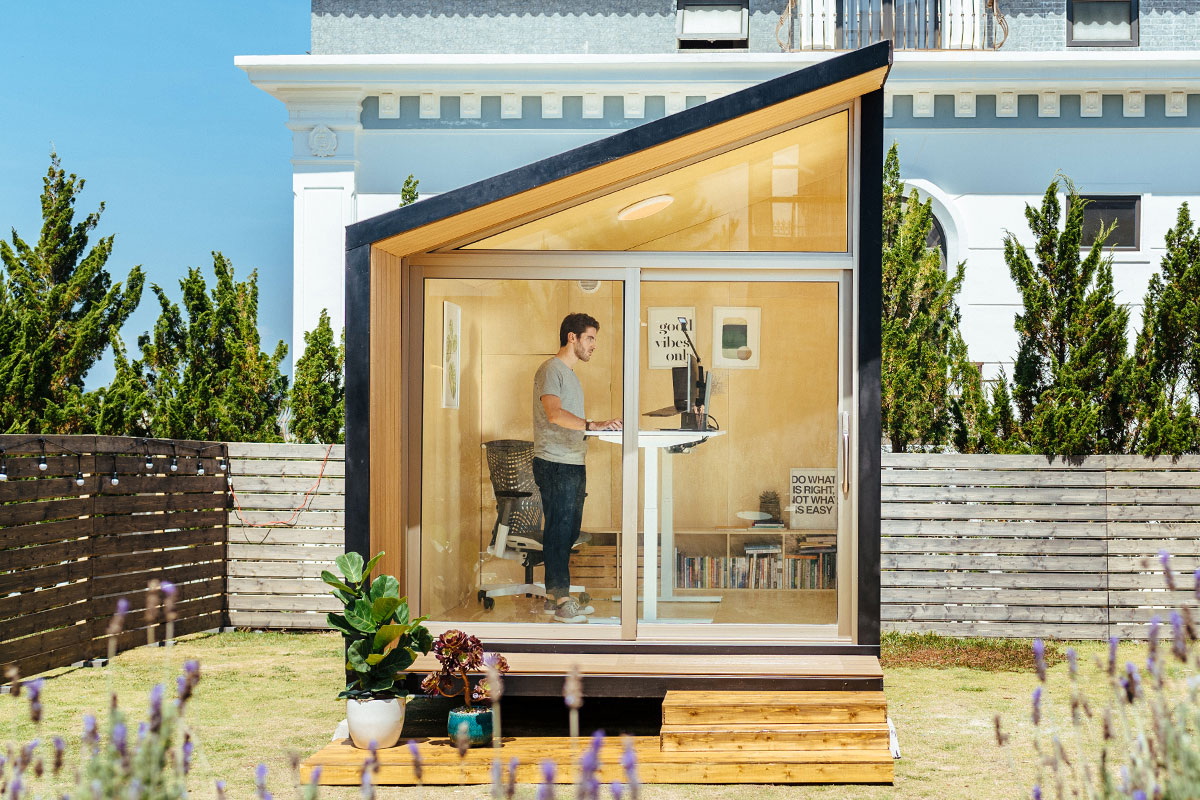
WorkPod
| Overall size | 8.5’W x 12’L x 11’H |
| Floorspace | 102 square feet |
| Ceiling height | 6.8’ to 9.3’ |
| Weight capacity | 2.9 tons |
| Door & Window dimensions, material (include glass) | Main door: 7.5’W x 6.8'H 3 windows: 1.1’W x 7.9’H Window material: Wooden frame, 5/16” tempered glass, composite wood cover Door material: Anodized aluminum frame, 5/16” tempered glass |
| Siding, roof, floor & balcony material | Siding: Plywood 1/2”, wooden frame, honeycomb paper, plywood 3/8”, bitume, housewrap, vinyl siding Roof: Roof shingles Floor: Plywood Balcony: Composite wood |
| Electrical devices | 1 RCB (Residual current breaker) 3 Wall outlet (Universal wall sockets) 1 Ceiling light switch 1 Ceiling light 1 Ventilator switch 1 Ventilator 66ft power cable with 2 connectors |
| Power input | Maximum voltage: 110V AC (US standard) Maximum current: 25A Maximum power dissipation: 2750W |
| Interior furniture | Unfurnished option: 1 Bookshelf, 1 Electrical Cabinet Furnished option: 1 SmartDesk Connect, 1 ErgoChair Ultra, 1 Monitor Arm, 1 Cable Tray, 1 Filing Cabinet, 1 Anti-Fatigue Mat, 1 Bookshelf, 1 Electrical Cabinet |
| Compatible with | Portable air conditioner: A/C units with dimensions smaller than 22” L x 20” W x 88” H and a 5.9” vent hole diameter will fit well. Heater: A small personal heater is more than sufficient. |
- Handy homeowners
- Professionals who need a quiet, dedicated space to work from home
- Freelancers who require a focused environment away from household distractions
- Permit-free
- Zero foundation preparation
- Built with weatherproof and soundproof materials
- Pre-wired with ambient lighting and outlets
- Ready in 3 days
- Requires sufficient outdoor space which may not be available to everyone
- May require additional setup for internet and other connectivity
The WorkPod is unique among other brands for its fully optimized setup, which comes with all necessary components, including a foundation, and can be assembled within just 2-3 days. Additionally, the WorkPod's cost includes essential features such as windows, a door, and interior lifestyle enhancements. The table below provides a comprehensive cost comparison, emphasizing the exceptional value and convenience that the WorkPod offers in contrast to other brands.
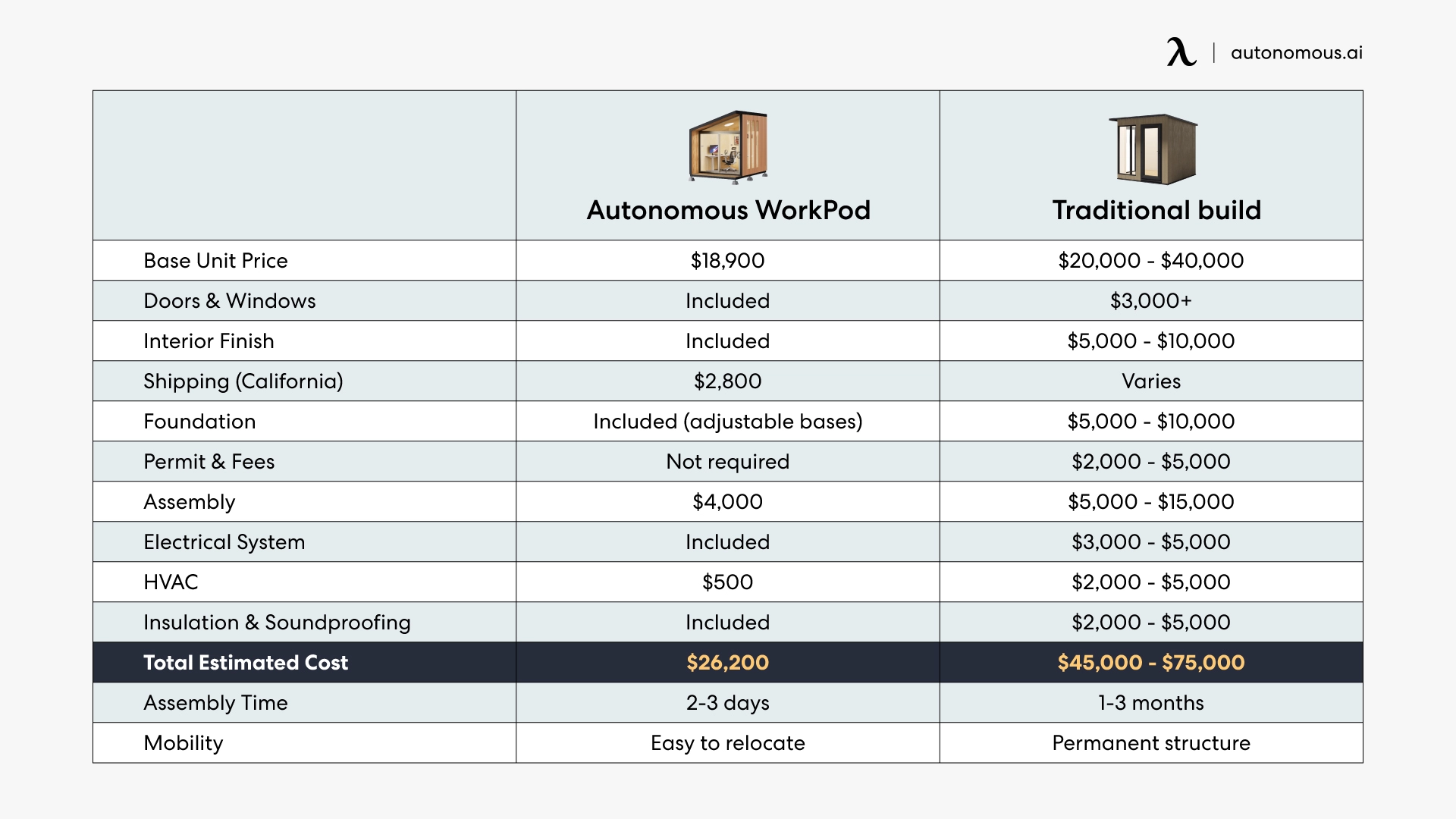
4. FAQs About ADUs in Albuquerque
What is the average timeline for building an ADU in Albuquerque?
The timeline for building an ADU in Albuquerque can range from 6 to 12 months, depending on the complexity of the project and how quickly you can secure permits and approvals. Delays may also occur due to contractor availability or weather conditions.
Do I need a separate address for my ADU?
In Albuquerque, ADUs typically do not require a separate address, but you may be assigned a unit number for mailing purposes. Check with the city's Planning Department to see if this applies to your specific situation.
Can I build a two-story ADU in Albuquerque?
Yes, it is possible to build a two-story ADU in Albuquerque, but it must still comply with the setback requirements and height restrictions outlined in the Albuquerque zoning code. The total height cannot exceed the maximum height allowed in your specific residential zone.
Are there parking requirements for ADUs in Albuquerque?
Yes, Albuquerque often requires one additional off-street parking space for ADUs, especially in R-1 residential zones. However, some areas may have flexible parking requirements, especially if the ADU is located near public transportation.
Can I convert a pool house or existing outbuilding into an ADU?
Yes, existing structures like pool houses, prefab pool houses or outbuildings can be converted into an ADU, but you will need to ensure the structure complies with building codes, including proper insulation, plumbing, and electrical systems. You may also need to submit conversion plans for approval.
Can I convert my garage into an ADU?
Yes, garage conversions are a popular and cost-effective way to build an ADU in Albuquerque. If you're looking for the cheapest way to convert a garage to living space or want to learn how to convert a garage to an office, there are plenty of budget-friendly options to explore.
Are ADUs subject to Albuquerque property taxes?
Yes, adding an ADU to your property will likely increase its assessed value, which could result in higher property taxes. However, the increase will depend on the size and value of the ADU. Consult with the Bernalillo County Assessor's Office for a precise estimate based on your specific ADU project.
Can I install solar panels on my ADU?
Yes, solar panels are a great way to make your ADU more energy-efficient, and they are compatible with most ADU designs in Albuquerque. Installing solar panels for shed may also qualify you for tax credits or incentives through New Mexico’s renewable energy programs.
Can I sell my ADU separately from the main house?
In Albuquerque, ADUs are typically considered part of the main property and cannot be sold separately. However, an ADU can increase the overall resale value of your property if you choose to sell the entire lot.
5. Conclusion: Why Build an ADU in Albuquerque?
Building an ADU in Albuquerque is a smart investment, offering a range of benefits that can significantly enhance your property. Whether you’re looking for a dedicated backyard office, an opportunity to generate rental income, or a multi-generational living solution, ADUs provide a flexible way to make the most of your space. With the city's recent zoning changes and increased demand for affordable housing, now is the ideal time to consider adding an ADU to your property.
From navigating Albuquerque’s zoning laws and setback requirements to designing a custom ADU that fits your lifestyle, this guide has provided the insights you need to get started. With the right planning, an ADU can provide not only practical space but also long-term financial benefits and increased property value.
As you move forward, be sure to explore your financing options, work with local contractors familiar with Albuquerque’s ADU regulations, and design a space that fits your specific needs—whether it’s for work, family, or rental income.
Bleiben Sie mit uns in Verbindung!
Abonnieren Sie unsere wöchentlichen Updates, um über unsere neuesten Innovationen und Community-Neuigkeiten auf dem Laufenden zu bleiben!
Interesse an einer Linkplatzierung?
Sag es weiter


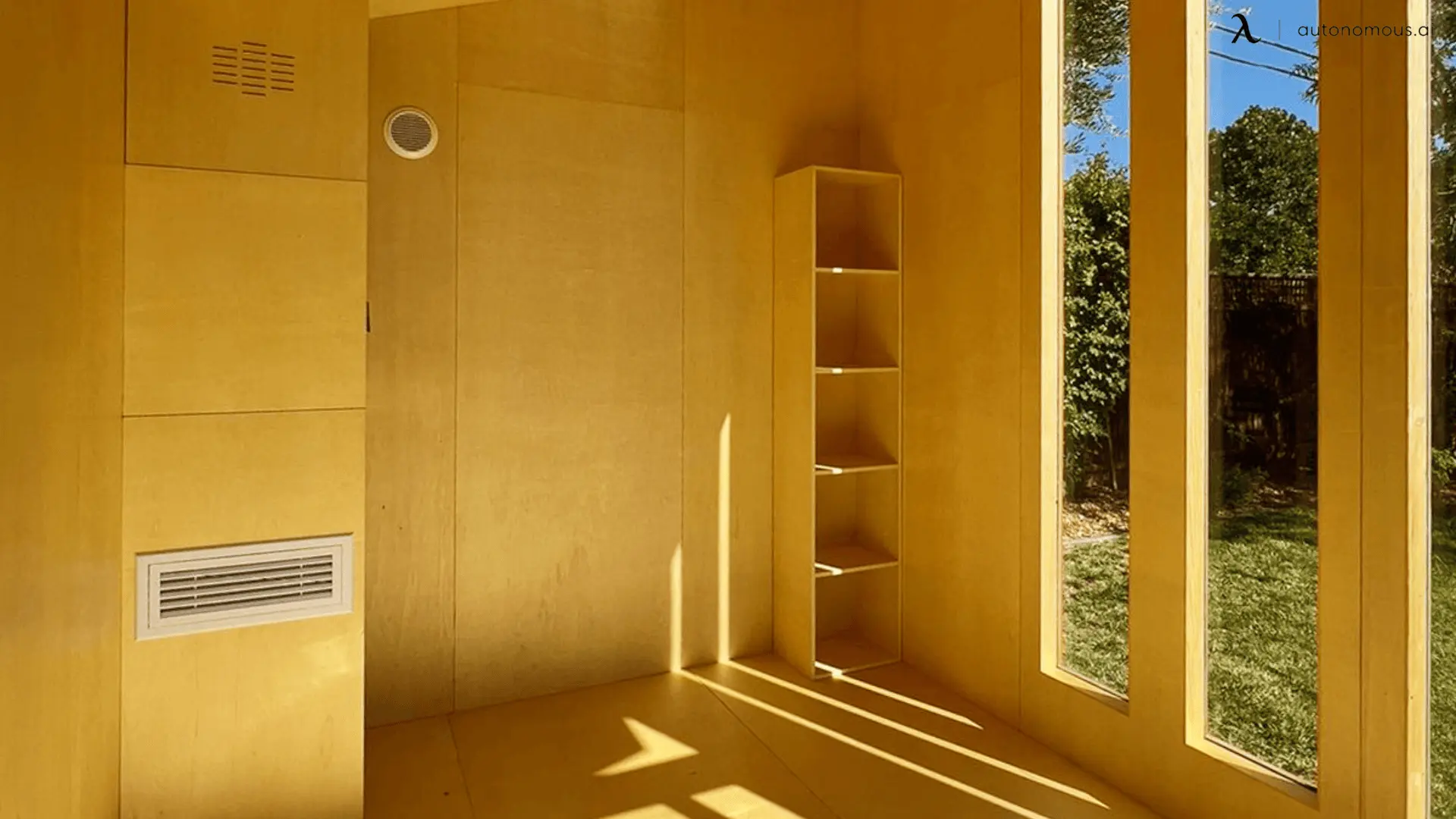
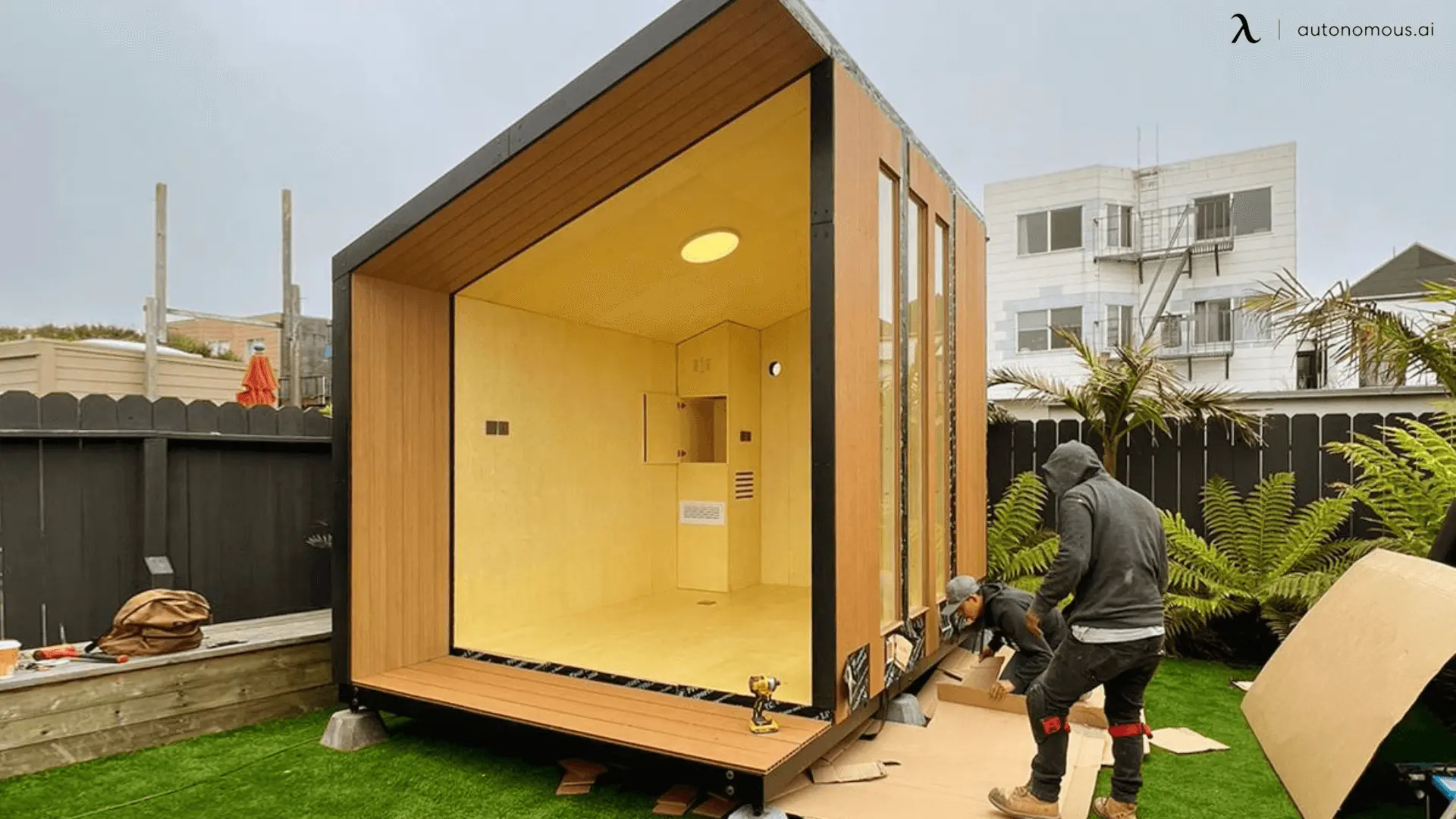
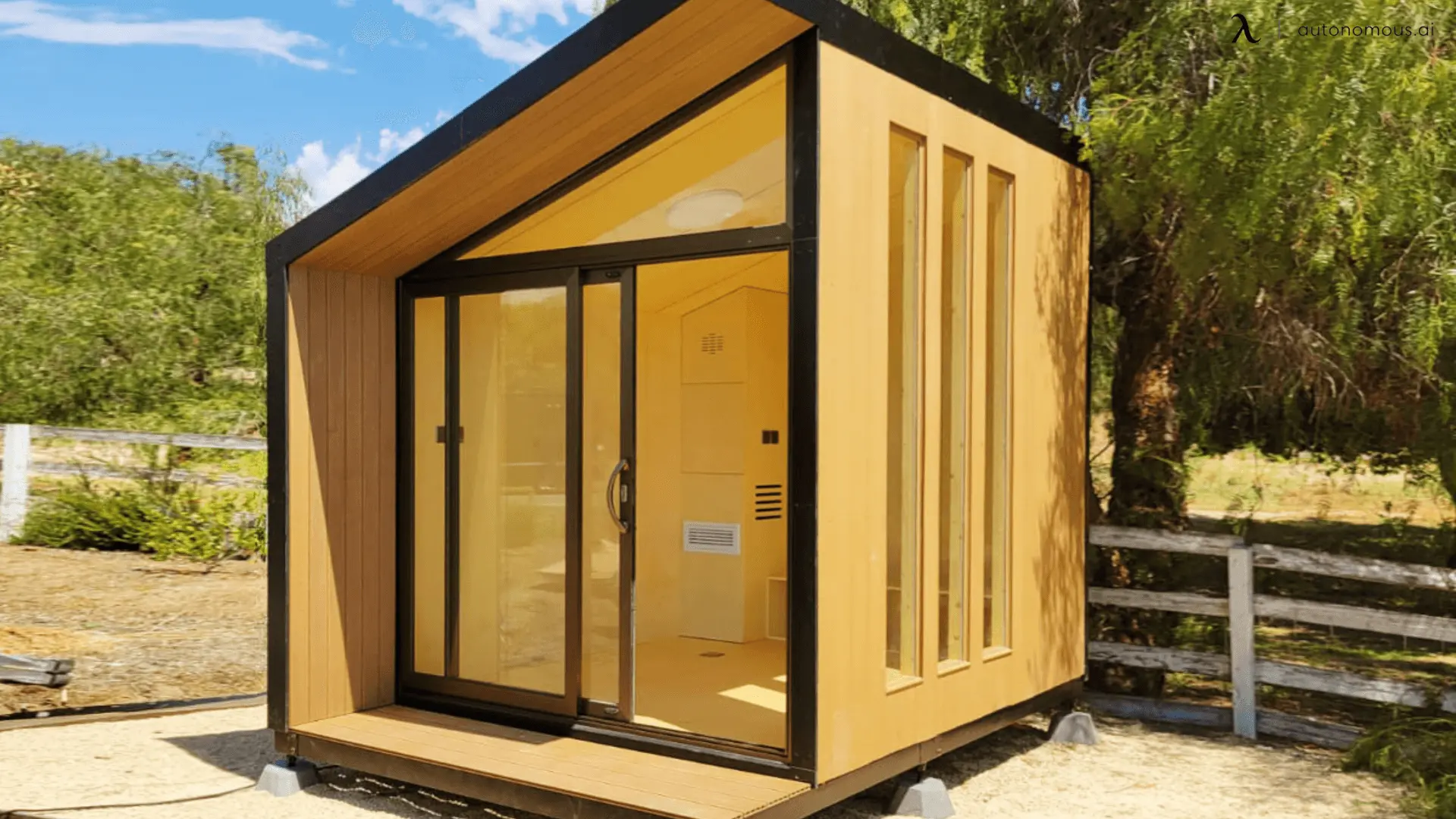
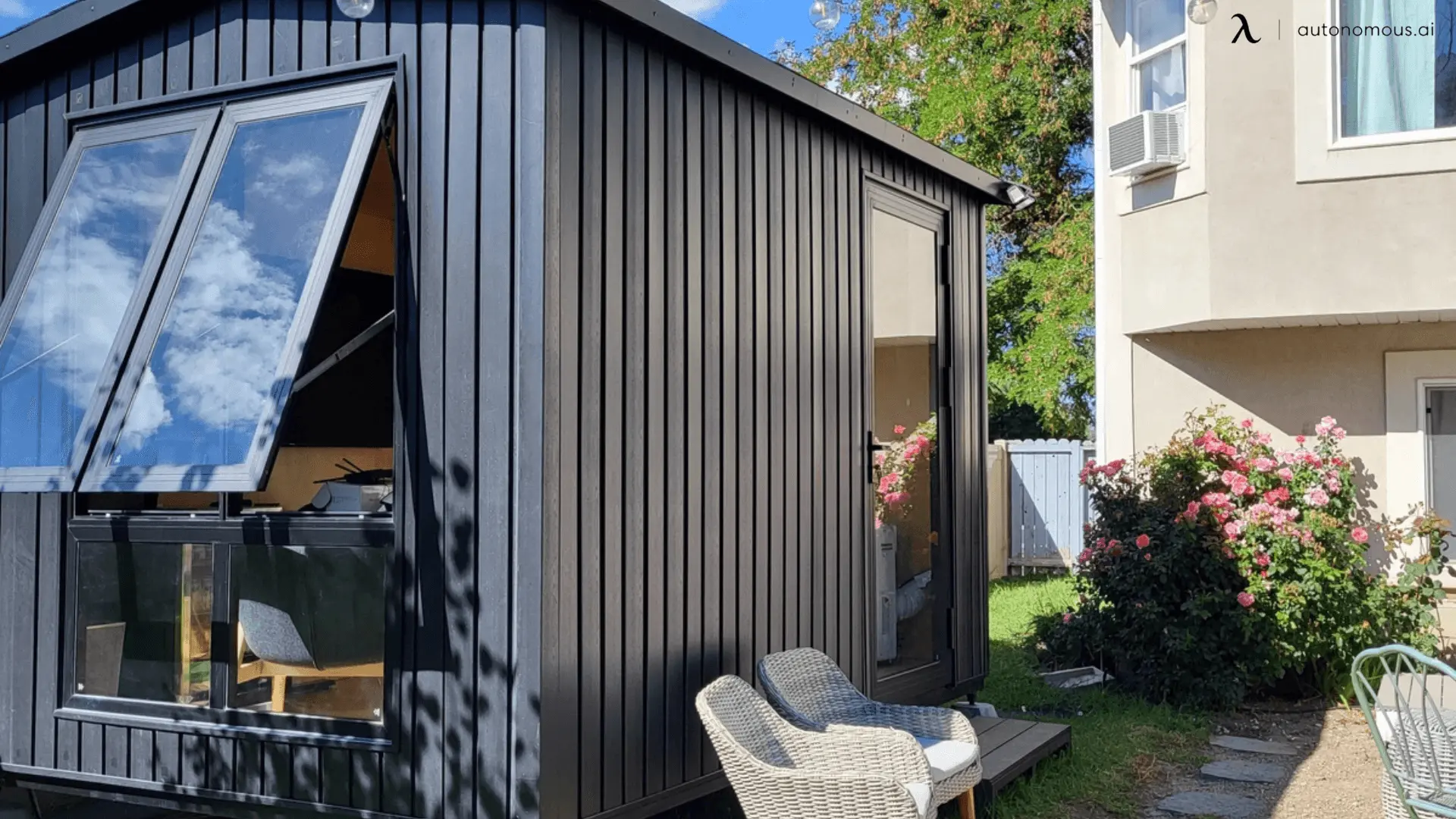

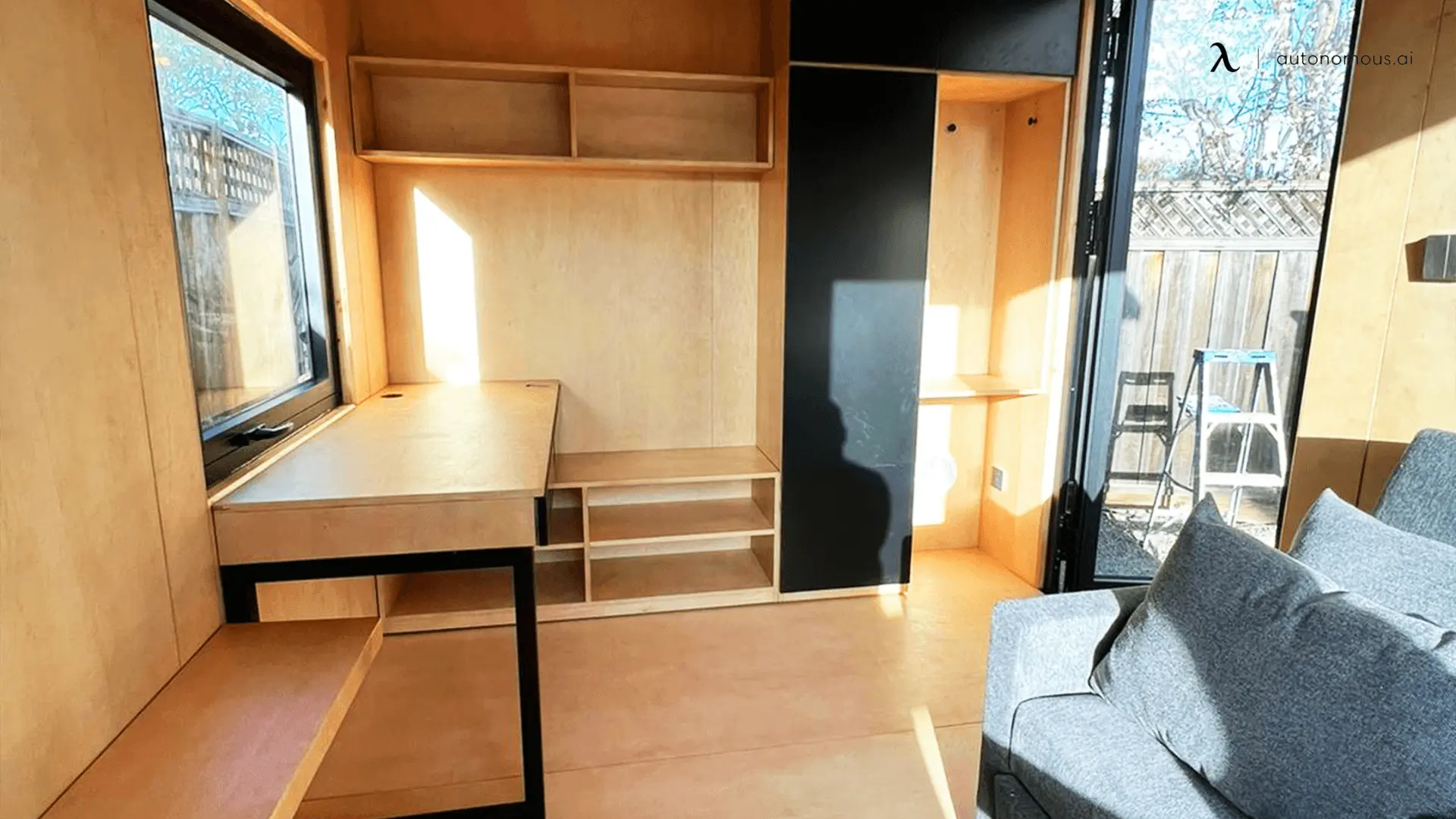
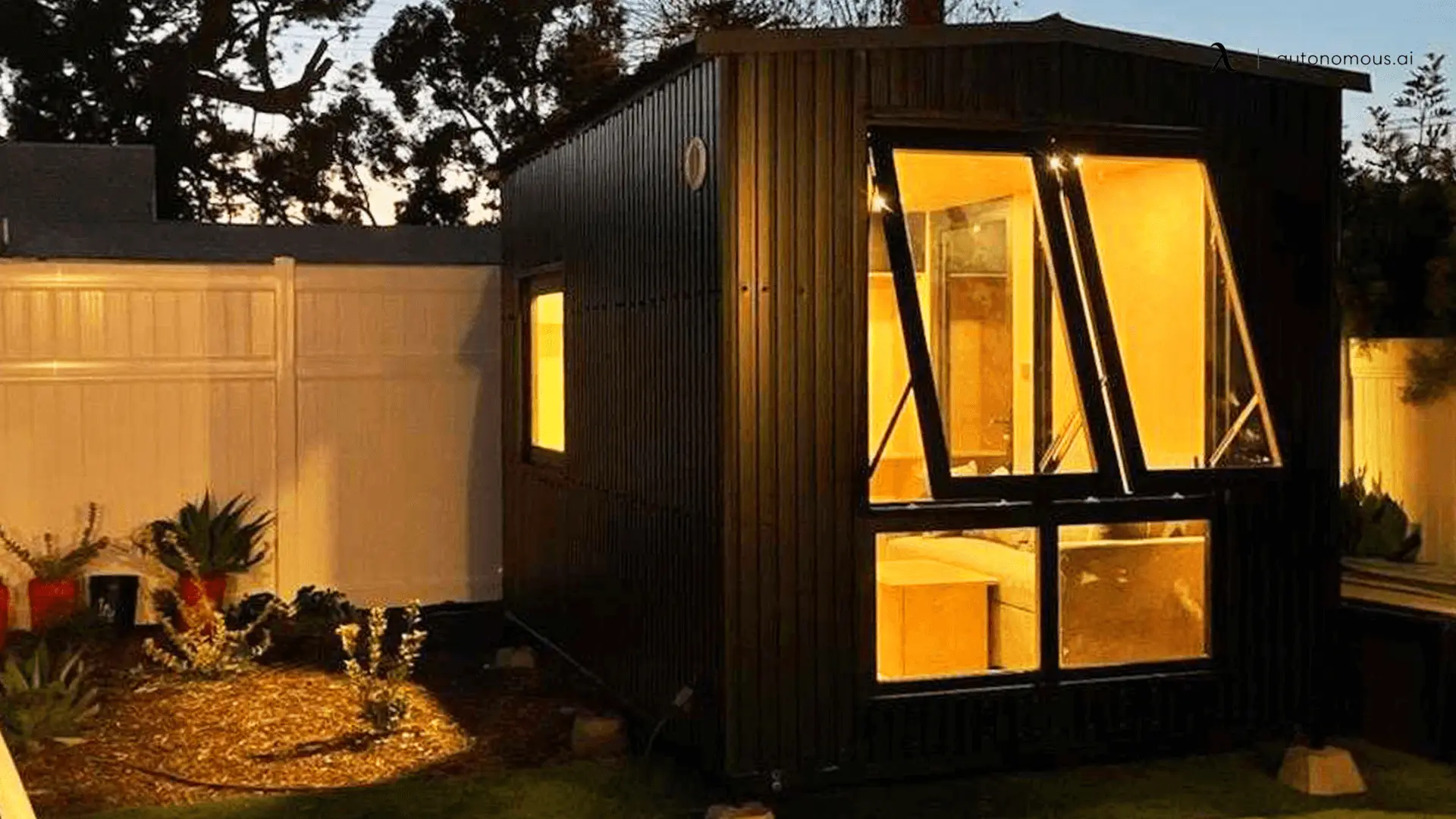


/https://storage.googleapis.com/s3-autonomous-upgrade-3/production/ecm/230914/bulk-order-sep-2023-720x1200-CTA-min.jpg)

/https://storage.googleapis.com/s3-autonomous-upgrade-3/production/ecm/230824/MichaelThompson-0af2cea9-5dc9-4603-808d-baad10ba1046.jpg)